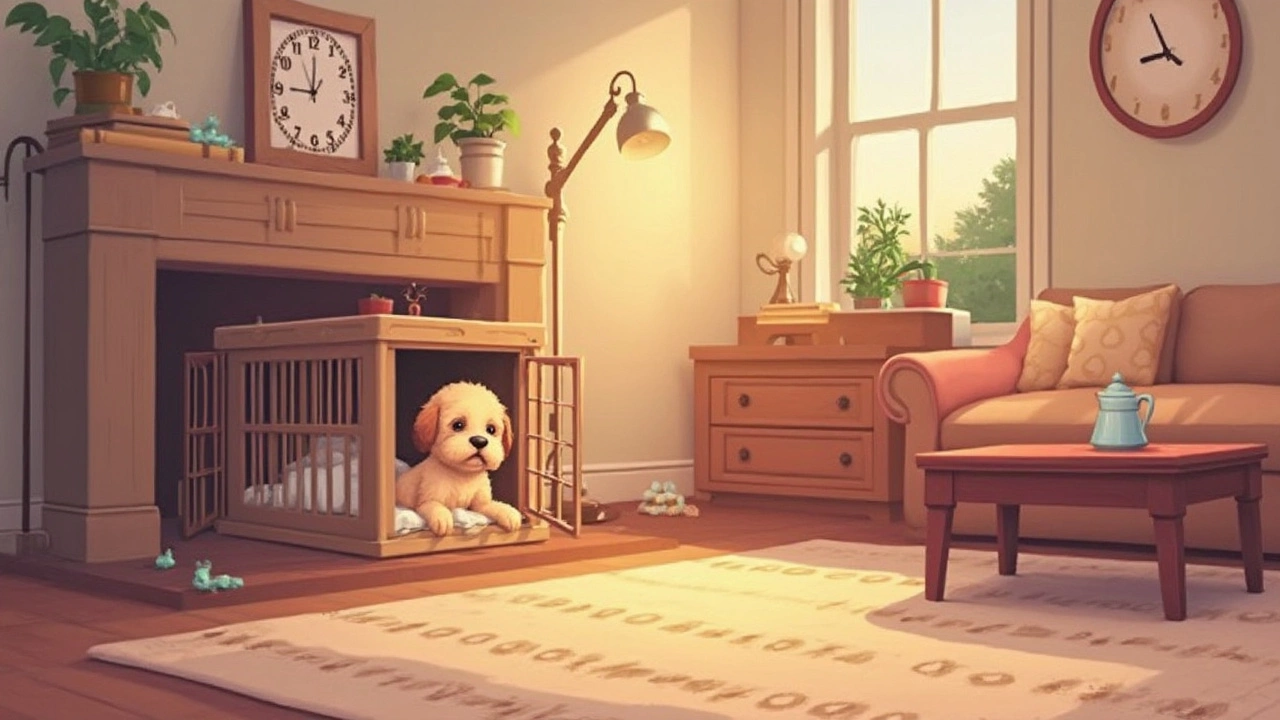Puppy Sleeping Tips: How to Help Your Pup Rest Better
If your puppy looks tired, restless, or keeps waking up, the problem is probably the way you’re handling bedtime. Puppies need a solid sleep routine just like kids do, and a few easy tweaks can turn a nervous night into a calm one.
Why Puppies Need Good Sleep
During the first six months a puppy’s brain and body grow faster than any other time in their life. Sleep lets them process what they learned during the day, builds muscle, and supports a strong immune system. A pup that skips deep sleep may become cranky, have trouble learning commands, and be more prone to accidents around the house.
Sleep also helps a puppy develop good habits. When they learn that a certain spot is “sleep time,” they’re less likely to chew furniture or bark at night. Consistency creates a sense of security, which reduces anxiety and makes the whole family sleep better.
Tips for Better Puppy Sleep
1. Choose the right crate. A crate that’s just big enough for your puppy to stand, turn around, and lie down creates a den‑like feeling. Too much space makes them feel exposed; too little feels cramped.
2. Set a bedtime routine. A short, calm routine—like a brief walk, a gentle petting session, and a cue word such as “sleep”—tells the puppy it’s time to wind down. Do the same steps every night so the cue becomes a trigger.
3. Keep the crate location quiet. Place the crate in a low‑traffic area of the house, away from bright lights and loud appliances. A soft blanket or a piece of your clothing can add a comforting scent.
4. Limit water before bed. Give your puppy plenty of water in the evening, but pull the bowl back about an hour before bedtime. This cuts down on late‑night bathroom trips.
5. Provide enough exercise. A tired puppy sleeps better. Aim for at least two short play sessions or walks during the day, focusing on mental challenges like puzzle toys as they get older.
6. Use white noise or soft music. A low hum can mask sudden noises that might startle a sleeping pup. A simple fan or a playlist of calming animal sounds works well.
7. Avoid high‑energy play right before sleep. Rough games raise adrenaline and make it hard for the puppy to settle. Save calm chew toys for the last few minutes before putting them in the crate.
8. Keep temperature comfortable. Puppies feel most at ease in a room that’s around 68‑72°F (20‑22°C). Too hot or too cold can cause restless tossing.
Start with these steps and watch how quickly your puppy’s night improves. A good night’s sleep means faster learning, fewer accidents, and a happier home for everyone.
- Morgan Ainsworth
- 0 Comments
Should You Crate Your Puppy at Night?
Wondering if your puppy should sleep in a crate at night? Using a crate can be a practical way to train your puppy and keep them safe as they adjust to their new home. The crate mimics the cozy den of a wild canine. However, timing is key; you’ll need to consider your puppy’s age and comfort with the crate. Let's explore some facts and tips to help make the transition smooth for both you and your puppy.
View More
